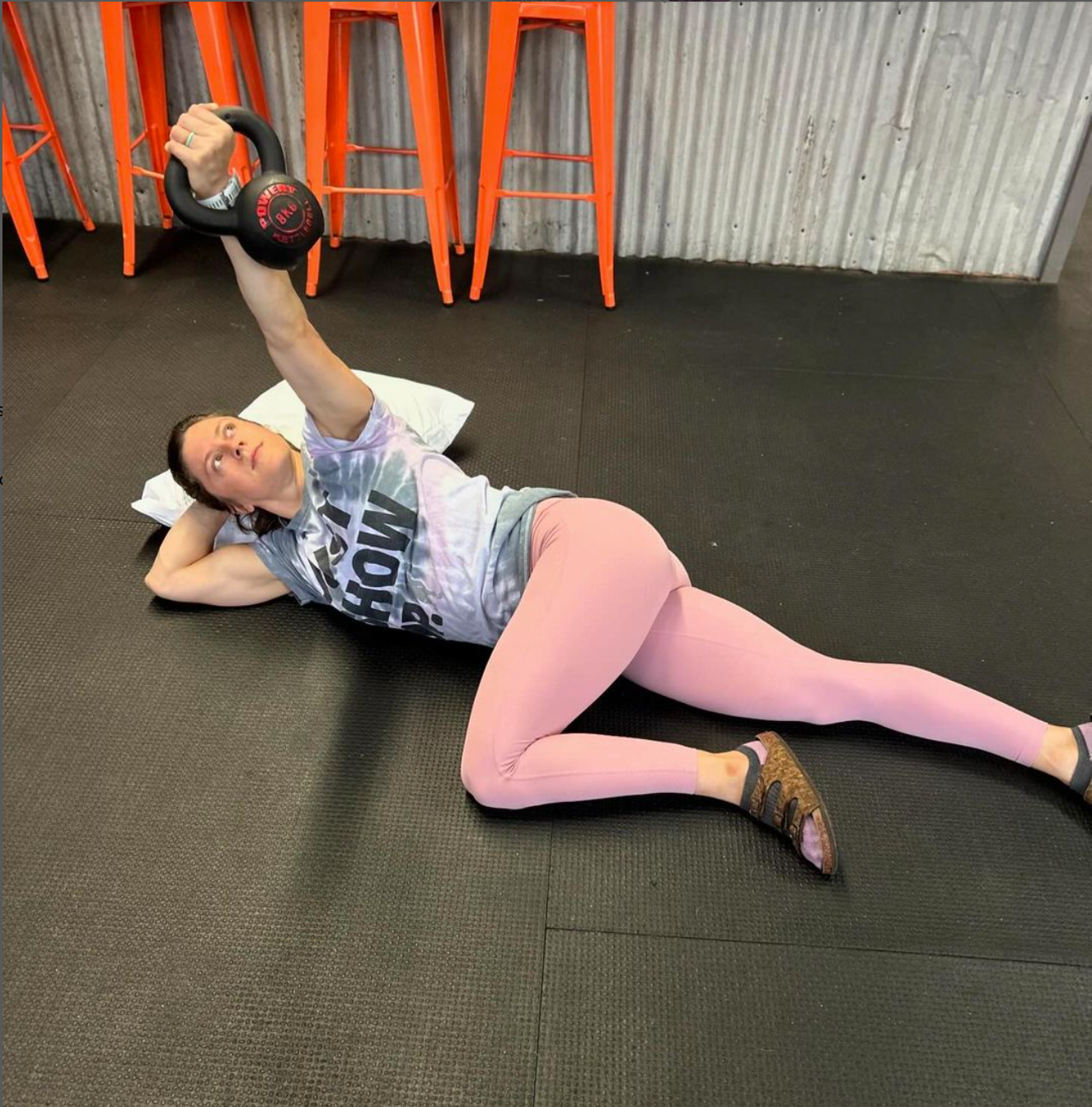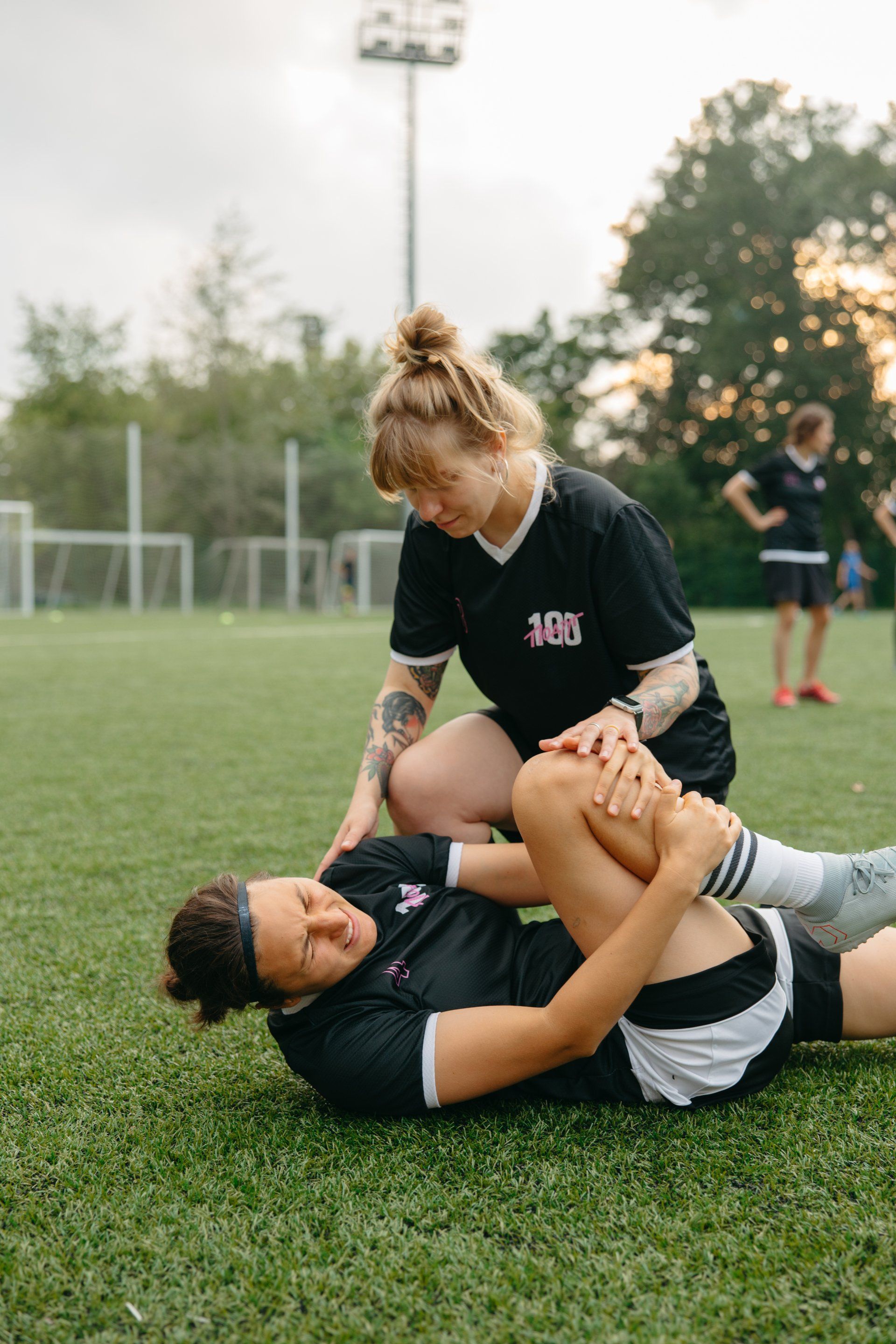Why I Created Rebound
I want to be able to guide, educate and help my patients achieve their goals and get back to what is important to them. Their goals or level of readiness should not be based solely off subjective manual muscle testing scores or if they are able to go up their stairs. Each patient has the right to make the determination that they are ready to go and have confidence in themselves that they will perform at their expectations.
My first job as a therapist was amazing. I loved my co-workers, management was amazing and the majority of my patients would work extremely hard to overcome their current status. I gave my absolute best to each patient, however there are a few major reasons which drove me to creating Rebound.
The first reason is the time constraint given toward each patient. I was allowed 30 minutes of 1:1 time with each patient, some clinics only offer 20 minutes which is insane to me. Given 30 minute slots, I would frequently find myself moving back and forth between 3, sometimes 4 patients at once. Did I find this difficult? No. I’ve had tons of experience working with multiple individuals in the private sector of sports performance, fitness and with the Western Mass Police Academy which was between 35-50 cadets at once. The reason I hate it is because I couldn’t give my full attention toward each patient.
Say I have patient A, B and C. Patient A would be just finishing their session, and I want to recap on what we were able to improve on today, where I currently see them in their recovery and what they should be expecting over the next 1-2 weeks. As well, I typically leave them with a “Top 3” things to focus on prior to next session.
Patient B is halfway through their session typically when I need to leave the treatment area to go bring back patient A. At this point, patient B and I would have just finished covering anything “new” or progressed from the last session so I can evaluate how they are handling a new stimulus. Since I knew I would be leaving them to receive patient C, the second half of their session would have to be exercises or drills I know they are confident in. The tricky part about this situation turns into the only feedback I can receive from patient B would be after they already completed the remainder of their exercise, or what I could glance over while working with patient C.
Now I’ve got patient C, while B is beginning the second half of their session and A is finishing up. At this point, I have my full attention on patient C because I need to see how their are adapting toward their personal gameplan. I want to know how they have felt since our last session, how much time they were able to give to focus on their impairments and understand how they are interpreting their progress. For some patients, they have been dealing with pain for month or even years. These patient’s simply do not get better overnight, and with certain diagnosis, the rehab process can be a tough dealing with “good” and “bad” days. Being able to understand how each patient gauging their recovery is key in the determination of what our goal for each session will be.
Viewing this situation from the patient’s perspective, it’s simply not fair, however some patients don’t realize this because they are used to only seeing a therapist for 20 minutes then getting handed off to an aid or assistant. Patients should have their therapists undivided attention each session in order to give feedback throughout the session. If you’re seeking the help or have been referred to physical therapy, more likely than not, you’re already feeling down you can’t participate to your full potential in the activities you love. You shouldn’t have to sacrifice your time and energy while your therapist is juggling multiple patients at once.
The last reason I decided to create Rebound was to have the option to make a team decision with each patient to decide when they were “ready” to go. Far too many times have I had patients discontinue therapy due to insurance not authorizing more sessions. Through the lens of the medical community, the goal of the patient is to return to “normal” function.
Here is what “normal” tasks include: ambulation, stair negotiation, washing your hair, reaching into a cabinet etc. These “norms” do not include sprinting, kicking a soccer ball, throwing a baseball, jumping, change of direction or conditioning levels of cardiovascular or muscular system to the level of their peers or opponents they will be competing against.
The goal of physical therapy is to progress the patient’s musculoskeletal system to withstand the forces and stresses placed on the body from their sport or activity. These stresses far exceed the demands of basic daily skills.










